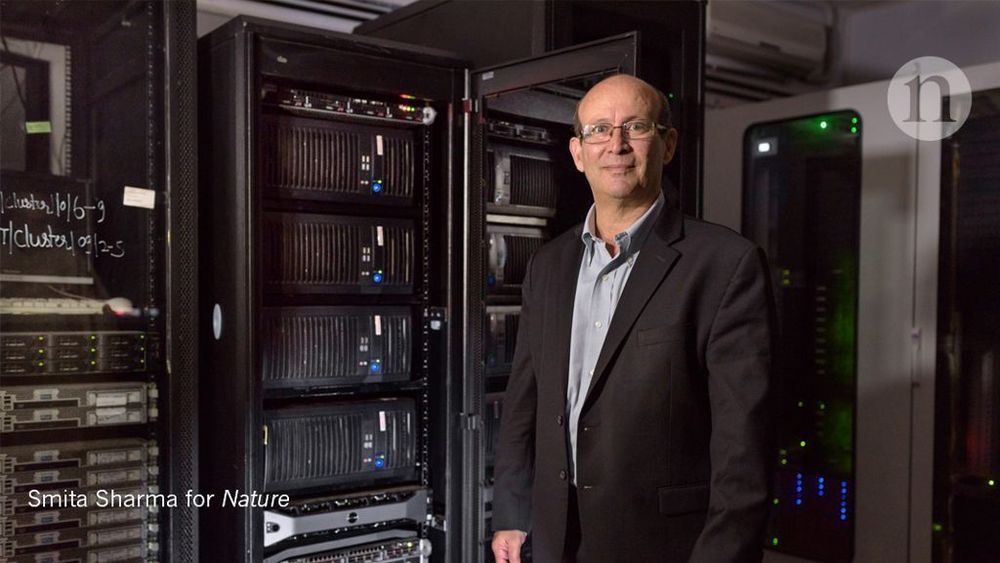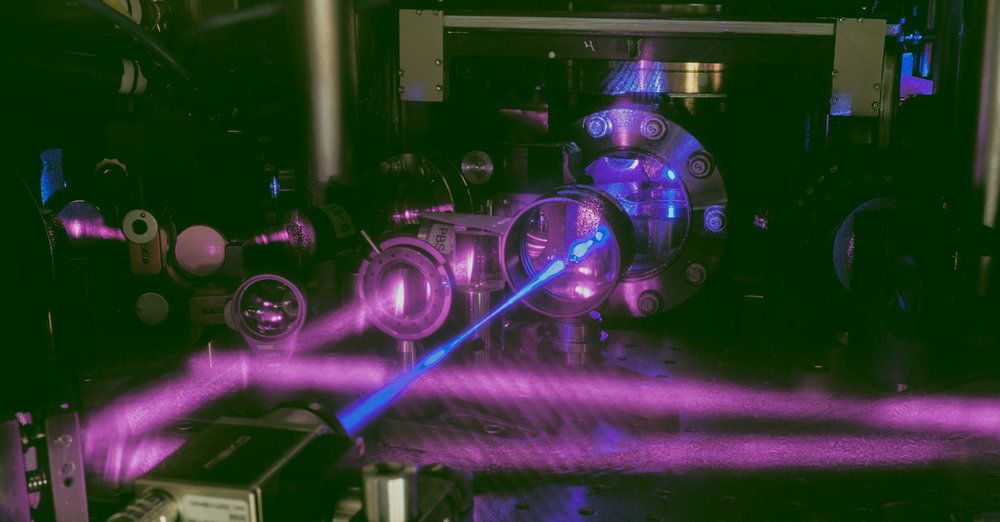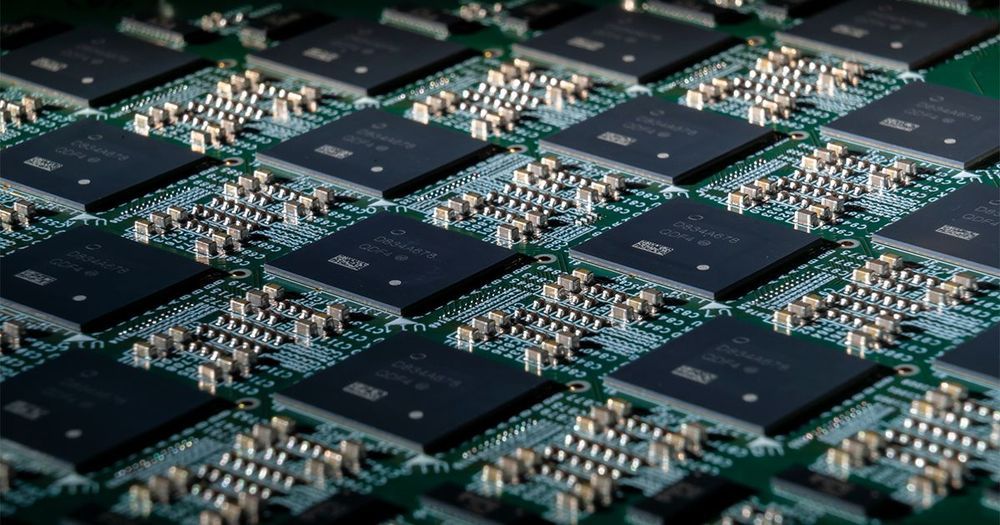Jul 18, 2019
The plan to mine the world’s research papers
Posted by Derick Lee in categories: computing, law
Carl Malamud is on a crusade to liberate information locked up behind paywalls — and his campaigns have scored many victories. He has spent decades publishing copyrighted legal documents, from building codes to court records, and then arguing that such texts represent public-domain law that ought to be available to any citizen online. Sometimes, he has won those arguments in court. Now, the 60-year-old American technologist is turning his sights on a new objective: freeing paywalled scientific literature. And he thinks he has a legal way to do it.
A giant data store quietly being built in India could free vast swathes of science for computer analysis — but is it legal?


















